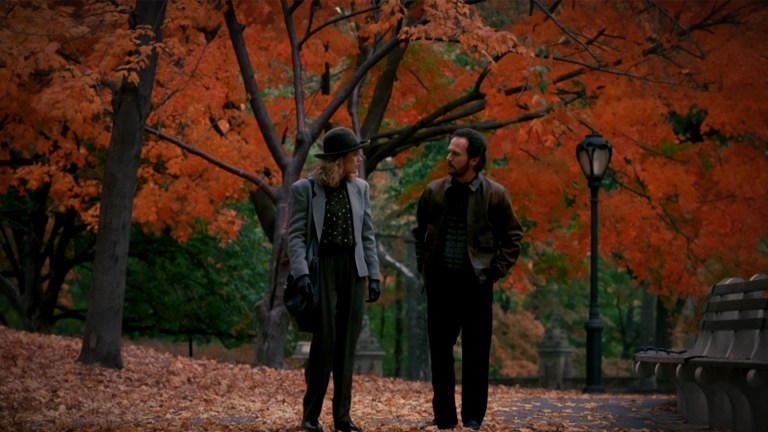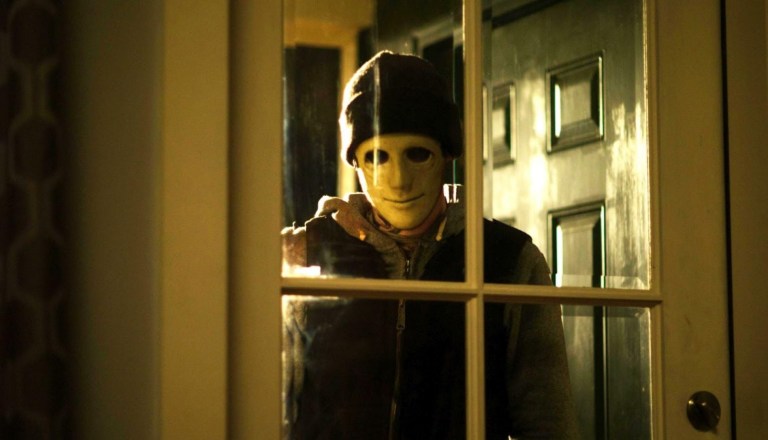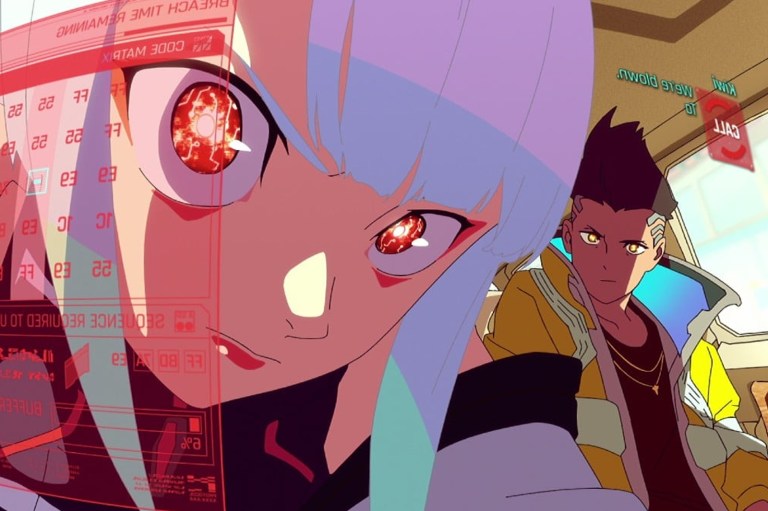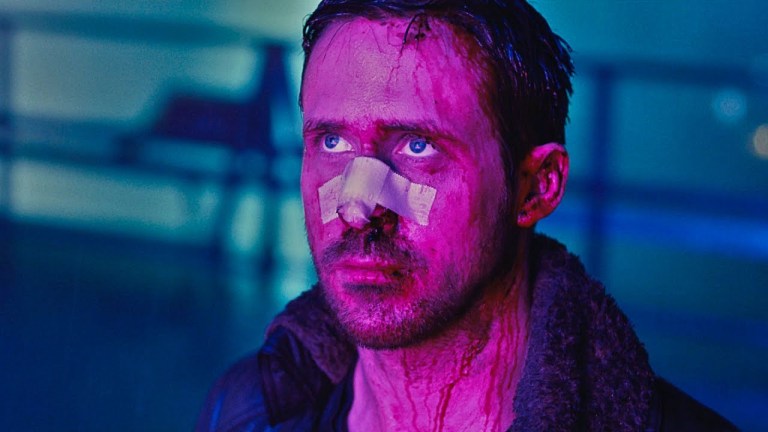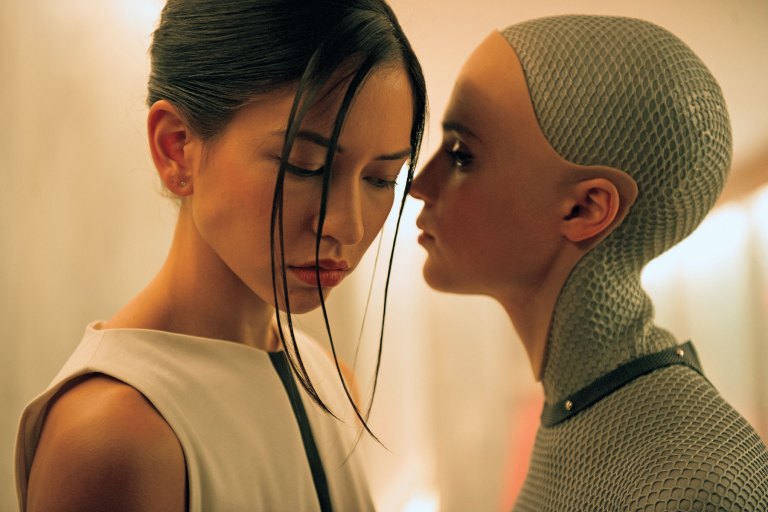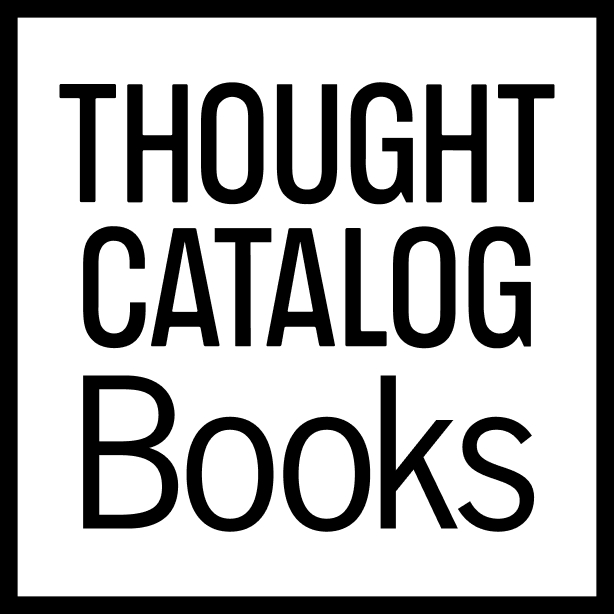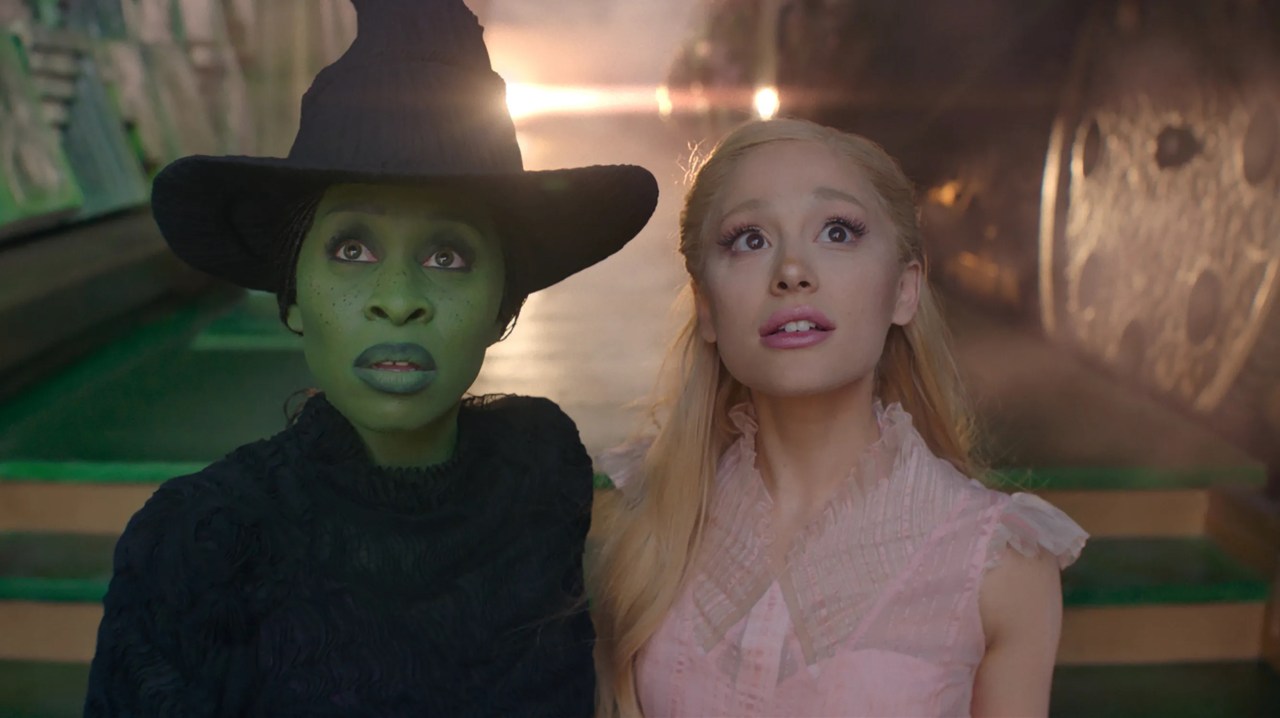
It’s Time For Heroes To Be Queer-Coded (Or Just Queer!) Instead Of The Villains
If you grew up in the ‘80s or ‘90s, you’re probably familiar with the concept of the “queer-coded villain,” a la Ursula in The Little Mermaid or Scar in The Lion King.
As Pride Month comes to a close, it’s only natural for queer millennials to reflect back on our childhoods and wonder if we ever had a positive representation of queerness. (In all fairness, Ursula is positively iconic and based on the popular drag queen, Divine.)
Just because many of these characters were villains doesn’t mean they weren’t beloved, but growing up with the idea that defying gender norms and portraying flamboyancy is equated with being the bad guy comes from a homophobic Hollywood history. The Hays Code, which policed film content from the ‘30s through the ‘60s led to a long tradition of portraying any hint of queerness or defiance of societal norms as perverse or unacceptable.
Of course, there is a hint of redemption in this tradition—many, but not all, of these queer-coded villains are largely misunderstood and ostracized. That’s what leads to their villainy, which can make queer viewers feel empowered to write their own stories and fight back against societal norms. The problem is that in the end, they often lose out to the heroes, who represent “wholesome American family values.” (Yuck!) This can lead young queer viewers to internalize the idea that they will never be accepted and that their stories can end in one of two ways:
- If we give into societal norms, we will give up a sense of self but can find some sort of redemption, or
- If we hold onto our true selves, we will end up alone, forever misunderstood, or dead (feeding into another homophobic film tradition known as the “bury your gays” trope).
Both of these options are clearly damaging to a young person’s self-esteem, and in 2025, it’s frankly unacceptable. While queer-coding is still somewhat problematic by forcing characters to stay in the closet, it’s time to change the narrative and put queer-coded heroes front and center.
There are some queer-coded and queer heroes already, but they are not without some sort of fault.
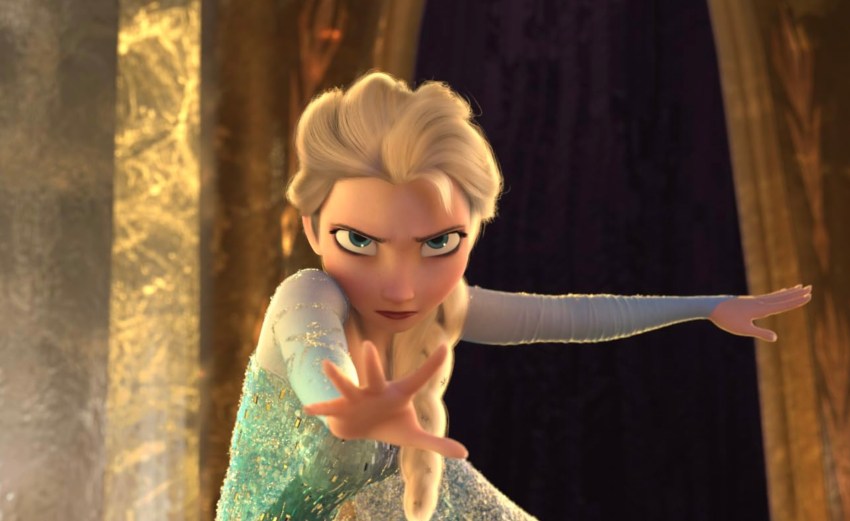
When evoking queer-coded heroes in the same vein as classic villains, we immediately think of Frozen’s Elsa. While Disney denied her queerness, many viewers saw an allegory for coming out of the closet in her story. But the problem with Elsa harkens back to her origin story, in which her parents forced her to keep her powers behind closed doors. When she finally embraced her true self, she had to do so alone, feeling isolated, while also being painted as a villain by the people of Arendelle. Although she finds acceptance with the help of her sister’s love, she’s forced to go through a similar arc as a classic villain.
Characters like Wednesday Addams, whose friendship with Enid Sinclair sparked a movement of “and they were roommates” memes, may be the protagonist, but she’s still an anti-hero. Her obsession with the dark and supernatural provides some queer coding while simultaneously representing the dark and societally unacceptable side of who she is. Plus, Netflix still boxed both characters into heterosexual relationships, once again forcing any chance for an actual heroic LGBTQ+ relationship into the closet.
Likewise, Elphaba and Glinda’s relationship in Wicked inspired similar murmurs with director Jon M. Chu zoning in on the intimacy between them. While the duo alongside Fiyero could be a ground-breaking throuple, we’re stuck in heteronormative relationships. In addition, if Elphaba’s story is an allegory for queerness, she is once again painted as a villain. While the source material embraces Fiyero’s bisexuality and the film hints at it, the topic of heroic queerness is still buried (just like the gays of old Hollywood).
Then we have characters like Marvel’s Loki, whose bisexuality is somewhat acknowledged in his titular Disney Plus series, but still takes a backseat to his romance with Sylvie. And once again, Loki was first a villain, only becoming an anti-hero through a somewhat retconned series to redeem the MCU’s initial queer-coded villainous portrayal.
LGBTQ+ advocates want queer heroes to be just as fabulous as the villains.
Part of the problem with the current portrayals of queer characters in 2025 is that many protagonists still fit into societally acceptable boxes, and are often quite vanilla in comparison to their villainous counterparts. Think of Powerpuff Girls’ HIM, whose black and red color scheme paired with thigh-high stilettos is the epitome of fabulosity—we want to aspire to be HIM while simultaneously being accepted and even heroic.
In 2025, it’s absurd that it’s a challenge to think of a queer and fabulous hero or heroine. We want complexity. So many of the LGBTQ+ characters in film and television today are given wholesome backstories—making their coming out stories central to who they are rather than the special and extraordinary queer-coded traits seen in classic villains. We want the dark sides of queer-coded heroes to be what makes them beloved rather than made to feel different, becoming heroes in spite of those traits. We want heroes in stilettos instead of capes, being celebrated instead of ostracized for who they are.
